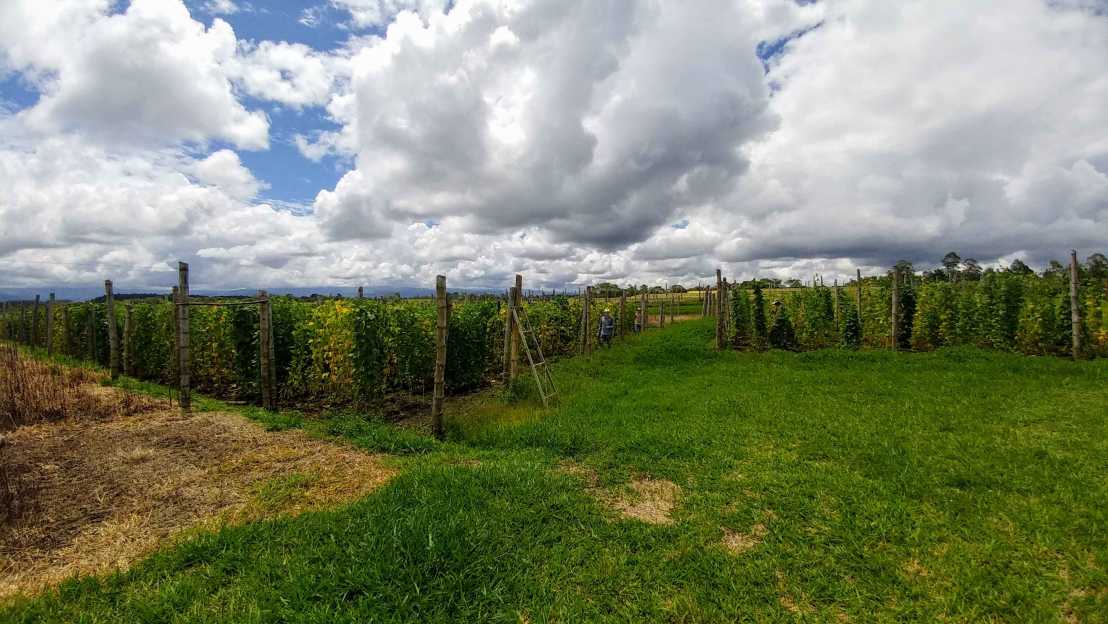Advancing climbing bean breeding
The inclusion of data from bush type beans can improve genomic predictions for climbing beans, a new study reveals.

Common bean (Phaseolus vulgaris L.) is an important protein and iron source, hence a good alternative to meat, produced mainly of smallholder farmers in the tropics. Common bean diversity ranges from different seed colors and sizes, to bush and climbing growth types. Climbing beans achieve higher nitrogen fixation rates, seed iron concentration and yield per area than bush beans, especially under drought and low input conditions. However, climbing beans are more laborious to cultivate, have a longer cultivation cycle and therefore, have been largely neglected in breeding programs.
Here we report about our efforts to advance and accelerate climbing bean breeding by using molecular markers for genomic prediction and genome-wide association studies (GWAS). Genomic prediction is a statistical method to predict the performance of new breeding lines based on thousands of genetic markers without the need of testing the plant material in the field. In a breeding program, this allows to efficiently pre-select superior lines without laborious and expensive field testing. GWAS identify single markers, which have significant effects on a trait and are linked to causal genes.
A selected set of 290 climbing bean lines were assessed for their genetic diversity and compared to over 1,500 bush bean lines. Interestingly, climbing and bush type beans are genetically much more similar than beans from different regions, i.e., location of domestication. In addition to the five and twelve conducted field trials with climbing and bush beans, respectively, data from additional 16 previously published trials were included. Ultimately, the prediction accuracy could be improved by adding related bush type lines to the training population used for model calibration. Similarly, marker-trait associations could be mapped more precisely with added bush lines, especially for seed iron concentration and 100 seed weight.
The established genomic models are applicable to a huge diversity of beans including climbers and bush type beans. They can be used by any breeder to specifically select in-silico for resource efficiency, nutritional quality, and yield stability.
The work was carried out in close collaboration with the International Center for Tropical Agriculture (CIAT) and was funded by the World Food System Center of ETH Zurich and CIAT initiatives.
Citation:
Keller B, Ariza Suarez D, Portilla Benavides AE, Buendia HF, Aparicio JS, Amongi W, Mbiu J, Msolla SN, Miklas P, Porch TG, Burridge J, Mukankusi C, Studer B and Raatz B (2022) Improving Association Studies and Genomic Predictions for Climbing Beans With Data From Bush Bean Populations. Front. Plant Sci. 13:830896.
external page https://doi.org/10.3389/fpls.2022.830896